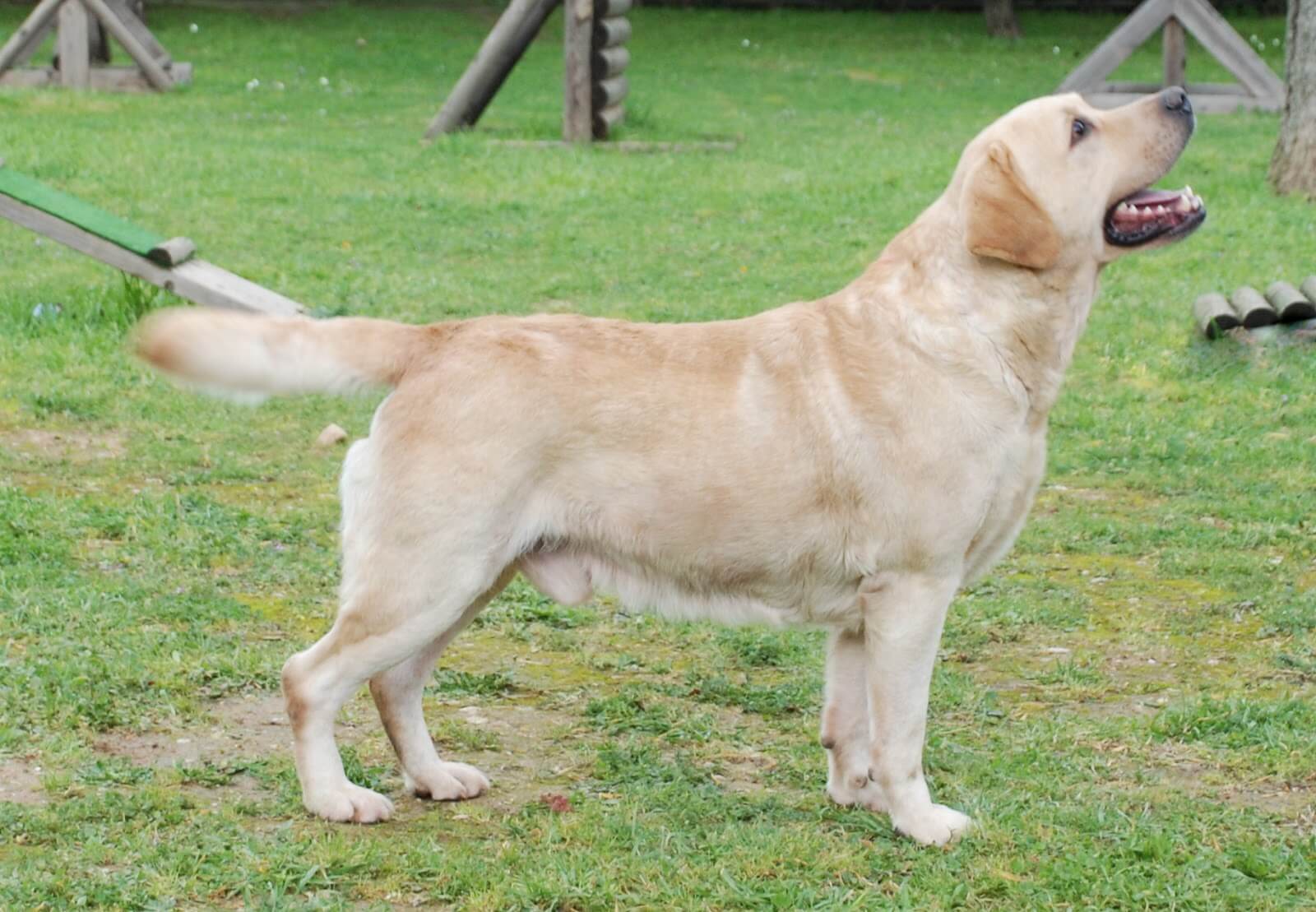For 27 years straight, Americans have selected a ‘big dog’ (the Labrador Retriever) as the most popular, with youngsters and older family members alike taking to the Lab’s gentle, loyal, affectionate nature.
If an older person is considering adoption or otherwise taking home a large breed, concerns such as ease of handling may arise. However, as noted in a study published in Applied Animal Behavior Science, smaller dog breeds can actually be less obedient than large breeds, since punishment is more often used as a training method with small rather than large breeds.
Of course, the essence of good behavior lies in the training methods employed, not in the dog itself. However, the study is food for thought regarding the importance of training and adaptation to your dog, regardless of which breed you opt for.
Choosing the Right Breed
Older adults are at a particularly high risk of falling, owing to the decrease in muscle and boss mass as human beings age. In order to avoid falls while walking your dog, you should ideally opt for a breed that is easy to train and intelligent. The Labrador, mentioned above, is a good choice in this respect, as are Golden Retrievers and German Shepherds, though if you have fallen madly in love with another breed, perhaps with assiduous training and maybe even the help of a professional trainer, your dog can walk well on the leash and follow orders.
Your dog should never tug or walk ahead of you, and should be well socialized with other dogs, so that he doesn’t pull when he sees other dogs in the park or on the street.
Considering the Changes that Take Place as Dogs Age
You should also look into health issues that different big dog breeds have. Some breeds can be prone to health issues like hip dysplasia, which will make tasks like walking up and down steps difficult if they develop this condition when they are older. Having a higher risk of specific conditions does not mean your dog will develop them, but if he does, small home renovations may be required.
For instance, in the future, you may have to install a ramp by the entryway steps. Sometimes, the changes you need will be to make grooming and other tasks more ergonomic for you. For instance, you may need an elevated dog bath, which is affordable and makes washing your dog easier on your back. Some baths even have ramps that dogs can walk into. It is always a good idea to check out available equipment, even if you don’t need it when your dog is a pup.
Activity Needs Matter
Make sure to research well into the activity levels of your chosen breed. If you are a super active senior who is happy to head to the park or dog-friendly beach and give your big dog an energetic workout every day, then you can pick a herding-type breed.
If, however, you have mobility issues and you wish to walk at a more leisurely pace, a breed like the Bernese Mountain dog – which needs moderate exercise – may be a better choice.
When it comes to selecting a large dog breed for seniors, considerations should include time availability for training and whether or not required renovations can be carried out. Breed temperament and ease of training are also key. Every senior has different fitness levels, which should be compatible with the breeds they choose.


